Our Top Rainwater Harvesting & Efficient Garden Watering Tips
Once a niche hobby for environmentalists, rainwater harvesting has become a priority for many gardeners. Recent summer droughts in the UK have seen our customers become more committed to conserving water and using it more efficiently.
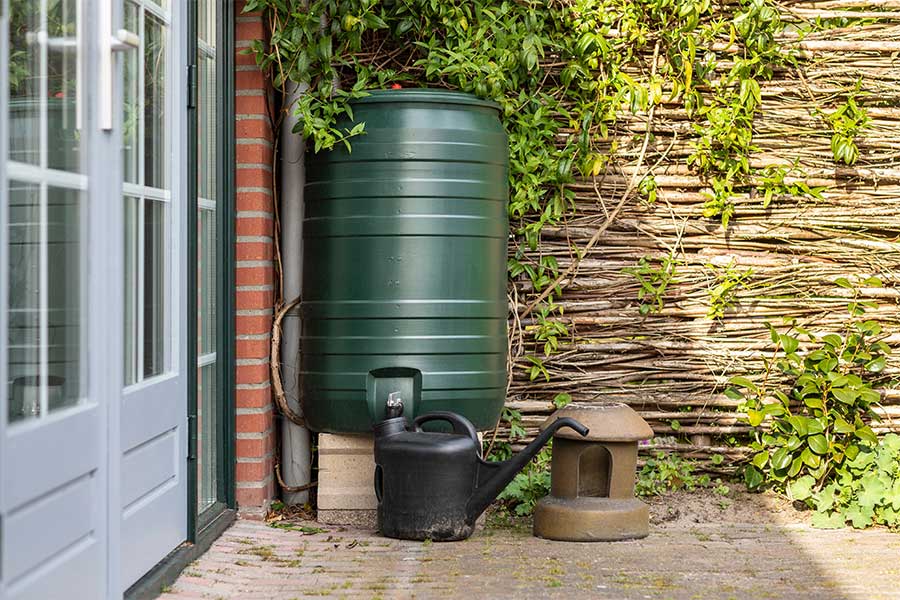
In this article, we explore two important ways in which gardeners can be more sustainable with water. The first is to install a garden water butt to conserve and collect rainwater in wetter months. The second is to take a smart approach to watering your plants in dry weather when efficiency is at a premium.
Rainwater Harvesting and Storage
There’s no getting around it: water has become a scarce and precious resource in Britain and beyond. As such, water management has become an issue for gardeners and homeowners, not just civil engineers.
Take sprinklers and hosepipes, which use a huge amount of water, much of it wasted. According to Southern Water, sprinklers can use as much water in an hour as a family of four use in in 24 hours. This calls for a rethink in how we store and manage water in the garden.
The good news is there is an easy workaround: harvesting and storing rainwater using a water butt. The average house roof can collect enough water to fill 450 water butts each year. This water can be used to water your garden, wash the car, and even fill ponds and water features. Using a water butt goes a long way toward a more sustainable approach to gardening, with the added bonus of lower water bills.
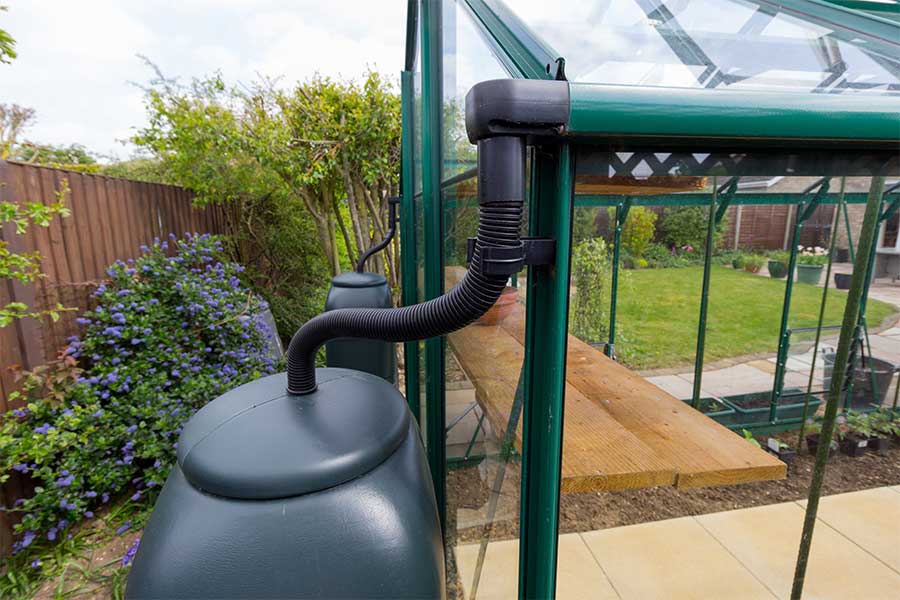
Water butts can be fitted to any rainwater down pipe on the exterior of your home. Contrary to myth, they don’t have to take up a lot of room: we sell a 100L Slimline Water Butt Kit (£49.99) by Garland with a vertical design that can fit snugly up against virtually any wall. Some water butts even go up to 1000L in capacity.
Rainwater harvesting tanks are another great way to store rainwater. Installed below-ground, these behemoths can hold thousands of litres of water, enough to tide you through even the most severe of summer droughts.
This extra capacity is a great way to support intensive water use in the home, such as flushing toilets and supplying washing machines. Rainwater harvesting tanks can also be easily hooked up to a garden hose to enable a generous amount of plant watering.
How to install a water butt
Most good water butts come with a diverter kit that can be easily fitted to a rainwater downpipe on your house (see our Garland water butt in stock). They also typically include a stand, which allows the butt to be raised for easier access while creating a head of water pressure. The final component is a robust lid to keeps the water clean and prevent insects from laying eggs.
To install your water butt, simply cut away a section of the downpipe, fit the diverter, and reconnect the downpipe below. Next, connect the diverter to the water butt using the length of supplied flexible pipe to allow the water butt to start filling with water.
You won’t have to worry about overflow: When the water butt fills up, any excess rainwater will drain via the downpipe as normal. Alternatively, you can buy a specialist kit to join two or more water butts together for extra capacity.
Garden watering: Do more with less
Hot, dry summers do not only call for rainwater harvesting. They also require gardeners to take special care of their plants by preparing beds and watering more efficiently.
We asked our in-house horticultural manager Jacky to share some wisdom on beds and water management. Here’s what she had to say about the art of sustainable garden watering:
Prepare your beds
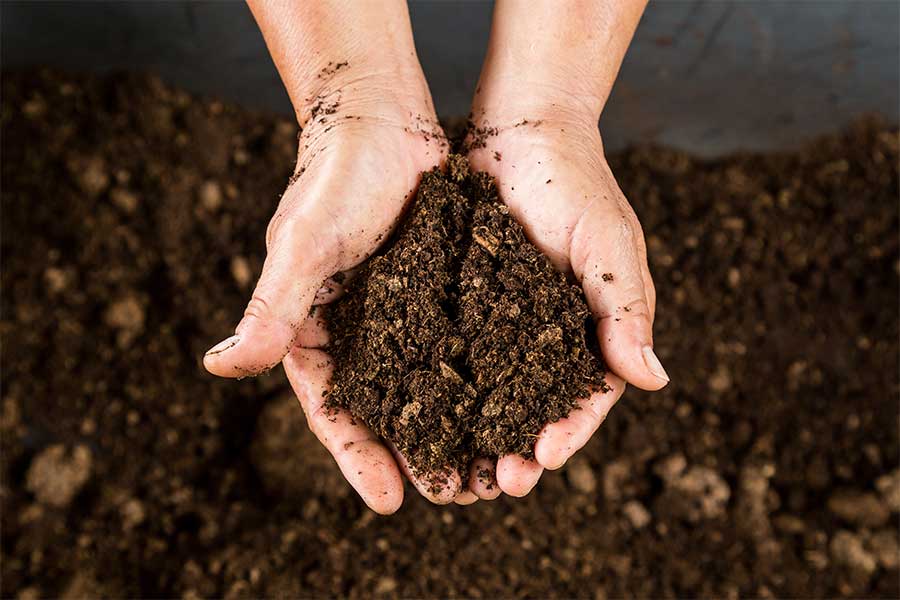
“Preparation of beds and borders in spring is vital for plant health and growth,” says Jacky. “Ensuring beds and borders are in the best condition at the start of the season also helps with watering, and will allow your plants to withstand periods of hot weather and drought.”
The first step for gardeners is to choose the right combination of fertilizers. “You want to ensure that existing beds, borders, and pots are enriched with fertilizer,” says Jacky. “These beds can be revitalized using soil conditioner as well as horse or farmyard manure. New beds and borders are trickier and can involve combinations of manure, soil improver, multipurpose compost, mushroom compost, and superphosphate.”
Lay down some mulch
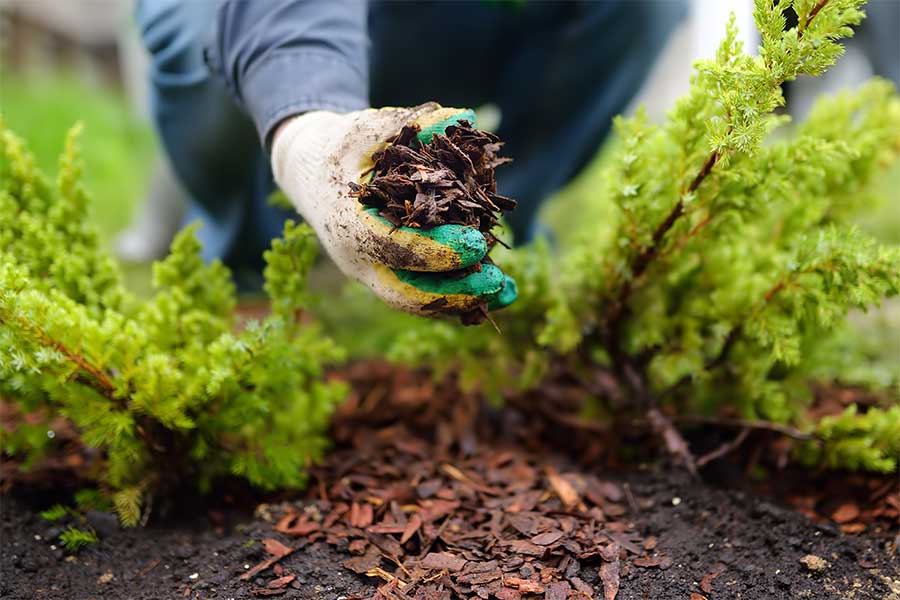
“Adding mulch to beds, whether with bark or premium fibre smart mulch, will help retain water in the ground,” says Jacky. “Mulching also helps to protect roots from extreme heat and cold. For pots or planters, you can use mulch or decorative gravel on top of the soil to help retain moisture.”
We’re spoilt for choice with mulch at Oxford Garden Centre. One of our favourites is Miracle-Gro’s Premium Fibre Smart Mulch (£8.99), infused with organic nitrogen that helps protect roots and plants from extreme weather conditions. You can view our complete range of mulches here.
Mix in some coir compost
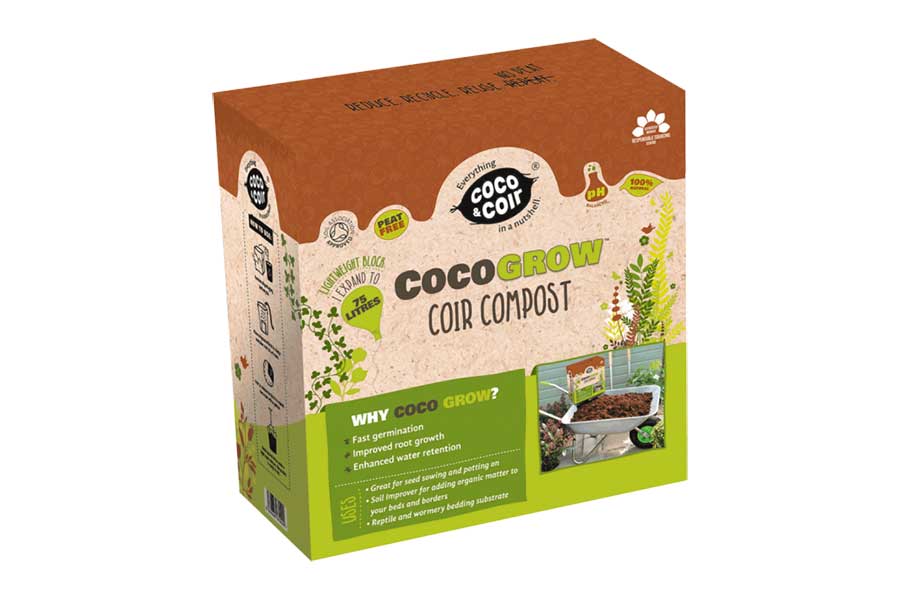
To help your soil hold the maximum amount of water, Jacky recommends an exciting new product. “Add in a bag of coir compost to your soil for better water retention. When planting, put a layer of coir compost or peat free compost into the hole. Then add a little rooting powder, fish blood and bone, or mycorrhizal fungi to foster good, strong root growth. Lastly, backfill with good quality soil.”
If you’re wondering, coir compost is a natural fibre derived from coconut husks. Sometimes called “coconut fibre”, coir compost is remarkably durable and resistant to rot, making it perfect for use in soil for beds, pots, and containers. It also helps keep soil loose and airy, which is good for roots. We are about to stock two coir compost products: Coco Grow Coir Compost (£12.99, 75L) and Coco Boost All Purpose Compost (£14.99, 75L) – keep your eyes peeled.
Encourage deeper roots

Jacky points out that deep roots are more effective at drawing water from the ground, meaning that your plants will require less watering and will be more resilient in hot weather. But how to achieve this?
“To encourage deep root growth in established plants, soak plants well around the base, but water less frequently,” says Jacky. “In dry conditions, watering once a week is preferable. It’s all about watering well, but less frequently. This will encourage roots to grow deeper in search of water, and in turn make plants more tolerant of drought and reduce the amount of water required to maintain them.”
Water with care (and cleverness)
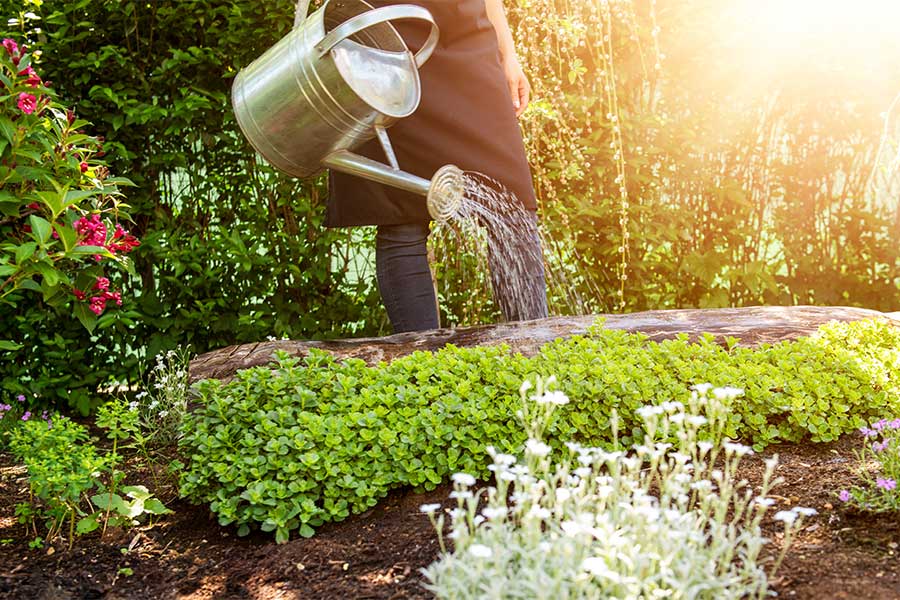
Once you’ve installed your water butt, it might be tempting to go gung-ho with the hose or sprinklers. This would be mistake, says Jacky: “Instead of using a hose, use a watering can instead. The key is to focus on watering roots, rather than soaking leaves and surrounding ground.”
“Another thing I tell customers is to stop watering the lawn. This is probably the biggest waste of water, as a well-established lawn can withstand drought. Letting your lawn go brown is a more sustainable option.
At Oxford Garden Centre, we specialise in helping our customers look after their garden in more efficient, sustainable ways. To speak to one of our gardening experts, simply drop by our centre near Oxford or contact us via phone or email. We offer Free Local Delivery to all customers with Oxford OX postcodes – this offer includes all products listed in this article.
